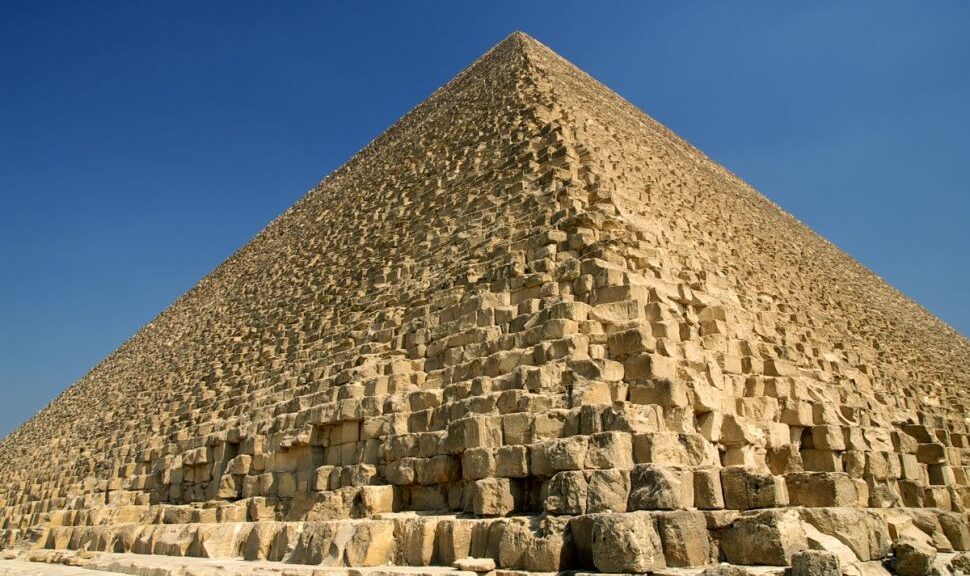This 4,500-Year-Old Ramp Contraption May Have Been Used to Build Egypt’s Great Pyramid
In a 4,500-year-old quarry in Egypt, archaeologists have uncovered an ancient ramp structure that could justify how the ancient Egyptians constructed the pyramids.
According to researchers from the University of Liverpool and Cairo’s French Institute for Oriental Archaeology, the Daily Mail says, the sloping ramp lined with two staircases and wooden poles may have been the location of a pulley device intended to make it easier to move large blocks of stone.
In a statement, Yannis Gourdon, co-director of the project, said This system is composed of a central ramp flanked by two staircases with numerous post holes.”
“Using a sleds which carried a stone block and were attached with ropes to these wooden posts, ancient Egyptians were able to pull up the alabaster blocks out of the quarry on very steep slopes of 20 per cent or more.”
The ancient ramps, which are located in the Hatnub quarry, are steeper than archaeologists expected.

Previous calculations had suggested that ramps could not have been steeper than a 10 per cent grade in order to raise the blocks to the necessary height, which would have required ramps of absurdly long distances.
But by using the post holes, workers would have been able to move the stones with more force, and without dragging the massive blocks behind them.
The world has long marvelled at the construction of the Egyptian pyramids, the last of the Seven Wonders of the World that still exists.
Many archaeologists favour the theory that ramps were used to move the massive stone blocks that comprise the pyramids, but the exact nature of such a system has long remained a mystery.
“Since this ramp dates to the reign of Khufu (builder of the Great Pyramid at Giza, one of the Seven Wonders of the World), our research offers the exciting possibility for offering further insights into the logistics and technologies used in constructing that astonishing building,” said Roland Enmarch, an Egyptologist who worked on the project, in a statement.

Other experts, however, aren’t so sure. Although the blocks removed from the quarry would have been about the size of those used to construct the pyramids, the site’s alabaster is much softer than the pyramids’ hard granite stone.
“It’s a stretch to take an alabaster quarry and say this is how the pyramids were built because the pyramids weren’t built out of alabaster,” Kara Cooney, a professor of Egyptian art and architecture at the Los Angeles’s University of California, told the History Channel.
“The way that the ancient Egyptians cut and moved stone is still very mysterious.”
